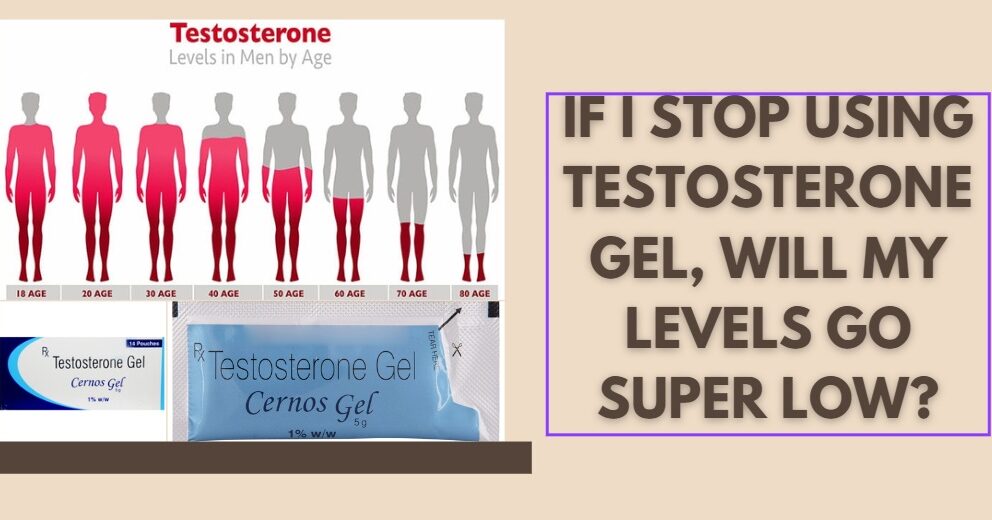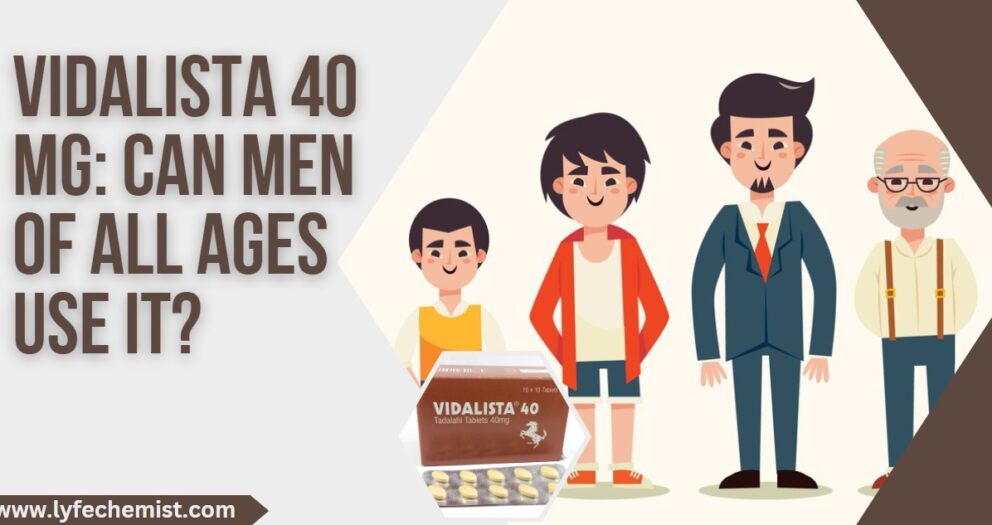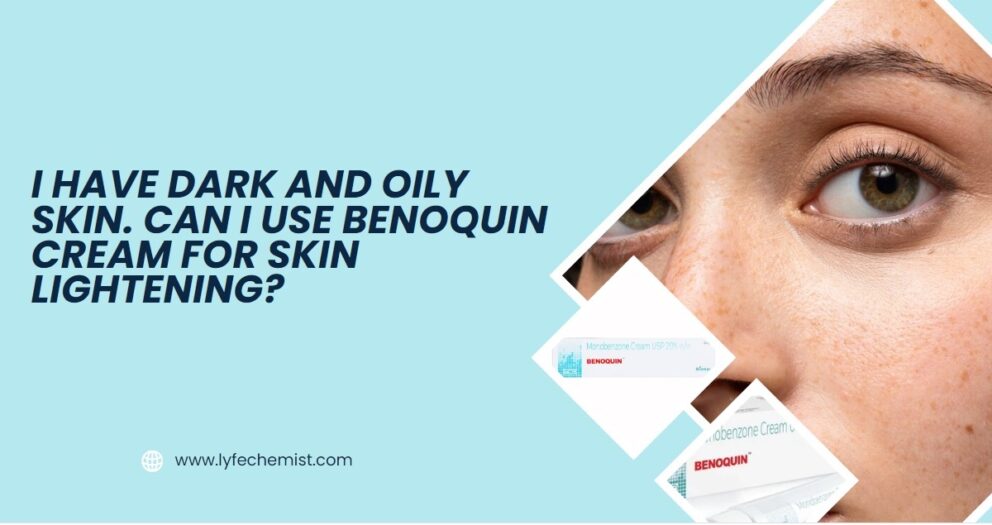Understanding Candid-B Cream
Candid-B cream, a commonly used medication, combines two active ingredients: Clotrimazole and Beclomethasone Dipropionate. Clotrimazole, an antifungal agent, works by inhibiting the growth of fungi, while Beclomethasone Dipropionate, a corticosteroid, helps reduce inflammation and itching associated with certain skin conditions.
Suitable Usage of Candid-B Cream
Candid B cream is primarily recommended for treating fungal skin infections, such as athlete’s foot, ringworm, and jock itch. However, its application on sensitive areas like the genitals or private parts should be done cautiously and strictly under medical supervision.
Cautionary Use for Private Areas
- Consultation with Healthcare Professional: Before considering the use of Candid-B cream for intimate areas, it is crucial to consult a qualified healthcare professional or a dermatologist. They can provide personalized advice based on individual circumstances.
- Potential Risks: Applying this cream to delicate areas may carry risks, including skin thinning, increased sensitivity, or other adverse reactions. Using it without proper guidance might exacerbate existing issues.
- Alternative Solutions: In many instances, there are specialized products explicitly formulated for use in private areas that might be more suitable and less risky than Candid B cream.
Addressing Concerns
There has been debate and ambiguity surrounding the use of Candid-B cream for private parts. While it contains ingredients beneficial for fungal infections, its application in sensitive areas demands caution due to the potency of its components.
Things to avoid while using Candid-B cream
When using Candid-B cream, it’s crucial to avoid certain factors to ensure its effectiveness and minimize potential complications:
- Avoid Abrasive Products: Refrain from using harsh soaps or abrasive cleansers in the treated area, as they can aggravate the skin and interfere with the cream’s efficacy.
- Limit Moisture: Keep the affected area dry and avoid excessive moisture, as fungi thrive in damp environments. Ensure the skin is clean and dry before applying the cream.
- Avoid Tight Clothing: Wearing tight or synthetic clothing can trap moisture, creating an environment conducive to fungal growth. Opt for loose, breathable clothing to aid the healing process.
- Skip Cosmetic Products: Steer clear of applying cosmetics, lotions, or other skin care products to the affected area unless advised by a healthcare professional. These may interact with the cream or worsen the condition.
- Don’t Share Personal Items: Refrain from sharing towels, clothing, or personal items that come into contact with the affected area to prevent the spread of the infection.
Warning
- For External Use Only: Candid-B cream is intended for external application on the skin. Avoid contact with eyes, mouth, or mucous membranes. In case of accidental contact, rinse thoroughly with water and seek medical advice.
- Avoid Prolonged Use: Extended or excessive application of Candid-B cream can lead to adverse effects such as skin thinning, discoloration, or other skin changes. Follow the prescribed duration and dosage recommended by your healthcare provider.
- Allergic Reactions: Individuals with a known hypersensitivity to any components of Candid B cream should refrain from using it. Allergic reactions may manifest as rash, itching, swelling, or difficulty breathing. Discontinue use and seek immediate medical attention if such reactions occur.
- Medical Advice: Prioritize consultation with a healthcare professional or a dermatologist before using Candid B cream, especially in sensitive areas or for prolonged periods. They can provide personalized guidance based on individual circumstances.
- Avoid Concomitant Use: Refrain from using other topical medications or creams simultaneously with Candid B cream without consulting a healthcare professional. Certain combinations may lead to interactions or reduced efficacy.
Side effects
Candid-B cream, while effective in treating fungal infections, may pose potential side effects. Common side effects include skin irritation, burning, itching, redness, or dryness at the application site. Prolonged use or inappropriate application can lead to thinning of the skin, development of stretch marks, or increased susceptibility to infections.
Additionally, some individuals may experience allergic reactions, manifesting as rash, swelling, or difficulty breathing. It’s essential to promptly seek medical attention if any adverse reactions occur during or after using Candid-B cream.
Conclusion
Candid-B cream can be effective in treating fungal infections on the skin but should be used judiciously, especially in intimate areas. Consulting a healthcare professional is imperative before considering its application to private parts, as there are potential risks involved. Exploring alternative solutions designed explicitly for such areas might be a safer option to address these concerns.
As a medical researcher and blogger, Devid also enjoys writing health blogs in his free time. His blogs are known for their insightful and informative content, covering a wide range of topics related to health and wellness.







Write a comment
Your email address will not be published. All fields are required